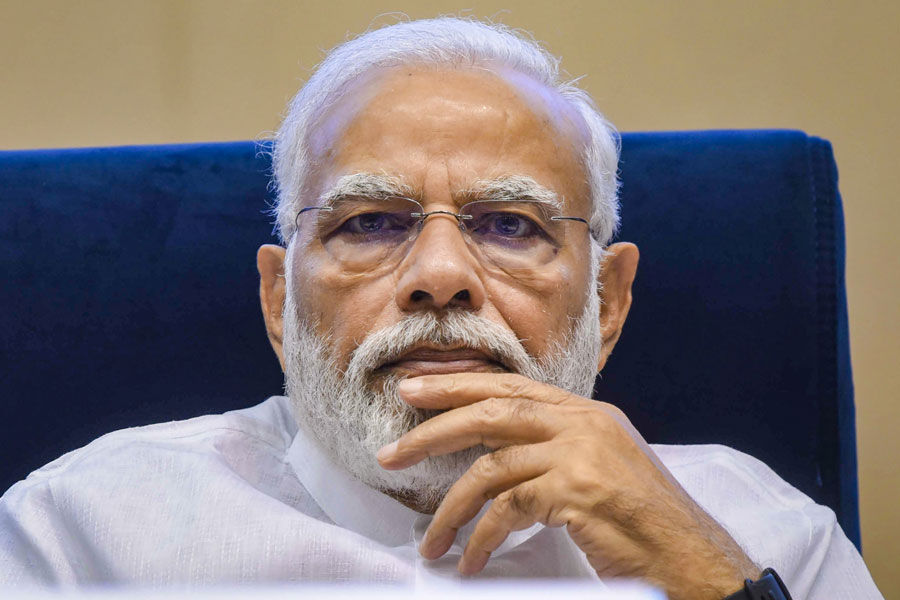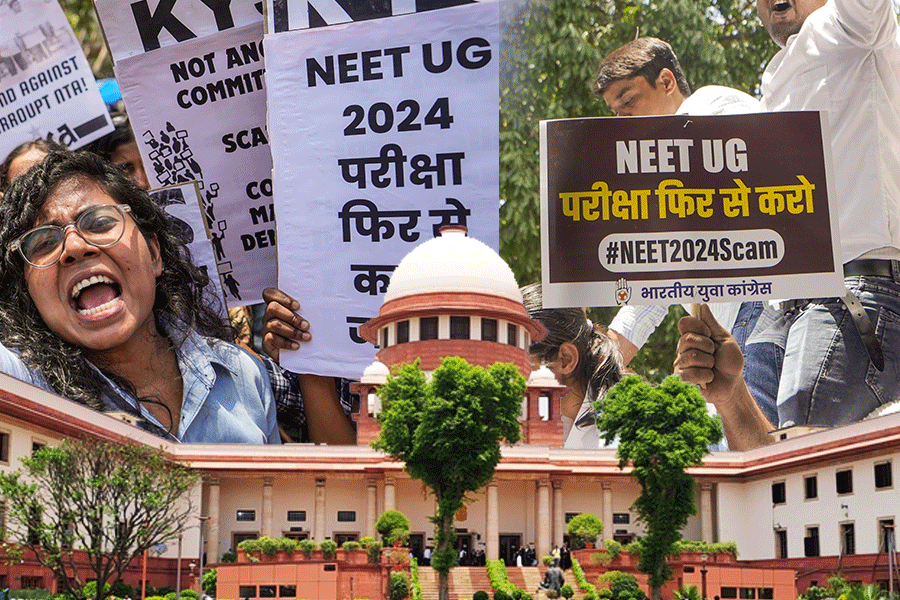Shorter hospital stay is the new treatment trend in private healthcare.
New technology and medical management have helped bring down the average length of hospital stay significantly, said several big hospitals.
The quick turnaround ensures better revenue for hospitals and cheaper treatment for patients. The short-stay model has prompted several big hospitals to plan smaller units, those with less than 500 beds.
Manipal Hospitals is planning a 350-bed hospital in New Town.
“Now, with average length of stay reduced, more patients can be treated at a smaller facility. So, we are not planning a bigger hospital,” said Dilip Jose, MD and CEO of Manipal Hospitals.
The Bengaluru-headquartered group has acquired three hospitals of former AMRI and also Medica Synergies.
“The medical technology has improved much, helping in faster recovery for patients. So, the turnover is high for a bed,” said Jose.
Narayana Health, which runs the RN Tagore International Institute of Cardiac Sciences and is building a 1,000-bed hospital in New Town, is planning a 100-bed facility on a plot between Medica Superspecialty Hospital and Manipal Mukundapur, said an official.
Apollo Hospitals is building a unit in Sonarpur, on the southern fringes of the city. “It will be a 250-bed hospital to start with,” said Rana Dasgupta, CEO, eastern region, Apollo Hospitals.
The group is also building a hospital in Batanagar, in South 24-Parganas, which will initially have 100 beds. The bed count will later increase to 300, an official said.
Belle Vue Clinic will build two hospitals in New Town.
“One will have 168 beds and will come up on the plot where the nursing college is operational. The other hospital, which will have 400 beds, will come up behind the Hidco building,” said Pradip Tondon, CEO of Belle Vue.
“Reducing the average length of stay is beneficial for patients as well as hospitals. A hospital can treat more patients with same infrastructure and hence more volume. It also helps in the optimisation of personnel and other resources,” said R. Venkatesh, group COO, Narayana Health. “For patients, it reduces the chances of hospital-acquired infections.”
The Telegraph spoke to officials and doctors at several hospital to find out the factors that have brought down the average length of stay for patients, the benefits and the problems.
Reduced stay
Several hospitals said the average length of stay, which a few years back would be six to seven days, has been brought down to less than four days. New technology, better planning and management of patients are some of the big factors.
Among the procedures for which the average length of stay has been reduced are knee and hip replacement surgeries.
“In the 1990s, the average length of stay of a patient undergoing a knee or hip replacement surgery would be 14 days. The change in the treatment protocol has brought it down to four to five days,” said Sudipto Mukherjee, a consultant orthopaedic surgeon at Peerless Hospital.
“The pain management system has improved much. We use nerve blockers, which are effective and at the same time not as toxic as earlier drugs,” said Mukherjee.
The post-surgery rehabilitation, too, has improved, making it easier to discharge patients faster. “The peripheral infrastructure like nursing and rehabilitation care at home has also improved,” he said.
Another boon is the use of robots, Mukherjee said.
Other new techniques like minimally invasive surgeries help in faster recovery, said doctors.
“There is also a change in protocol for planned surgeries. Earlier, a patient would be admitted several days before the operation for various examinations. Now, those are done in OPDs and the patient gets admitted a day before the operation. This allows more patients to be treated on the same bed,” said Venkatesh, of Narayana Health.
Benefits
The advent of newer technologies has resulted in 15 to 20 per cent more patients being treated with the same infrastructure.
A senior oncologist at Tata Medical Center, Calcutta, said the use of newer technologies has reduced pain, trauma and hospital stay.
“In gynaecology and abdominal cancer, till a few years back it was the conventional open surgery. Now, 30 to 40 per cent of patients undergo laparoscopic surgery, which has brought down the duration of hospital stay. However, it is to be studied whether the cost comes down. Because new technology costs more and that offsets the gain from reduced hospital stay,” the oncologist said.
Problems
The CEO of a private hospital said often some patients would return to the hospital after discharge because the problems recur. “At times, to reduce the length of the stay, the patients are discharged early and before full recovery. Complications crop up and patients come back to hospital,” he said.
An official of the West Bengal Clinical Establishment Regulatory Commission said several complaints have been received where patients allege that they developed complications because of early discharge.
“But the complaints are against doctors because they write the discharge certificates. So, we pass these complaints to the West Bengal Medical Council,” said the official.











